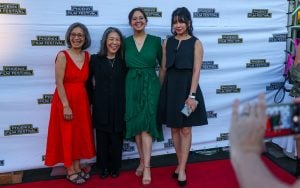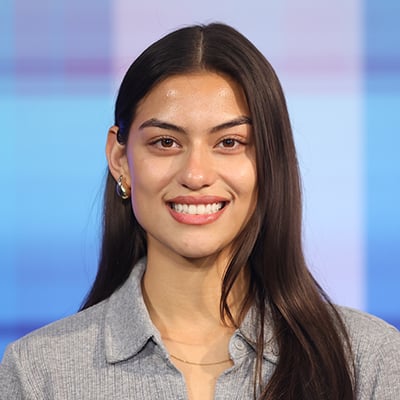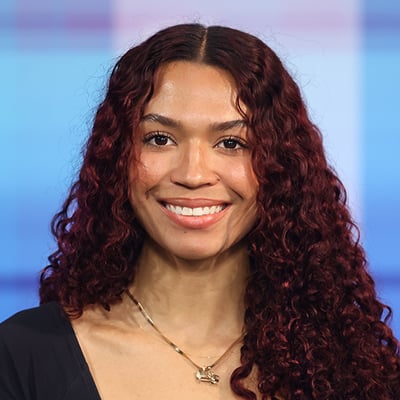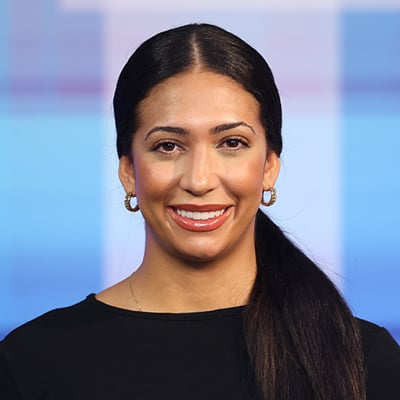PHOENIX – The Phoenix Film Festival is celebrating its 24th year and is dedicated to promoting independent cinema and providing a platform for filmmakers to showcase their work.
Jason Carney, executive director of the Phoenix Film Foundation and the festival, said this anniversary offers valuable insights into the growth and evolution of filmmaking in the Valley over the past two decades.
“Currently, we host approximately 290 screening events during these 11 days, whereas in the early years, it would have been around 40 or 50,” Carney said. He said over the past 24 years the event has grown from a modest three-day gathering to an 11-day celebration, attracting upwards of 20,000 attendees. The festival started April 4 and will end Sunday. It is being held at the Harkins Theatres: Scottsdale 101.
The festival’s rise mirrors Arizona’s growing prominence in the film industry, according to Carney, who said that, “For filmmakers in Arizona, we continue to make that a priority for us.”

From left, Nina Newell, Cindy Lee, Phoebe Newell and Kat Aparicio at the Phoenix Film Festival, where Lee’s film “The Stories They Didn’t Tell Us – Nina’s Story,” premiered. The movie recounts Nina Newell’s experiences as a refugee in Vietnam. (Photo by Kayla Mae Jackson/Cronkite News)
Carney said “CODA,” which won an Oscar for best picture in 2022, was featured at the festival the year before. Besides showcasing big hits, the festival also emphasizes local and emerging filmmakers, including students from high schools and colleges.
“We feature local films, big films – and that includes high school students, college students and professional filmmakers – all the way up to feature films. It continues to be a big priority, but it’s also about wanting to get the best of the best in the festival,” Carney said.
“It’s a great way for the community of Phoenix and Arizona to come together for a night and network,” Carney said, highlighting the festival’s free industry night and filmmaking workshops.
Brett Cornell, an Arizona State University freshman whose short film, “Memento Mori,” was accepted into the festival, echoed the importance of these networking opportunities.
“It’s nice to see something you and your friends put so much time and effort into pay off successfully,” Cornell said.
For Greg Kwedar, director of “Sing Sing,” which premiered at this year’s festival, the event felt like a homecoming.
“My creative partner Clint and I shot our last movie here, and we were very embraced by the community,” Kwedar said.
“Sing Sing” is set within the walls of a prison and aims to showcase the humanity and potential for transformation through art.
“That’s what the hope of this movie is — that we’re going to bring you inside and show you the beauty, the resilience, the restoration that can happen,” he added.
Kwedar also revealed what the festival means for him.
“Well, there’s quite a lot involved in making a film here, but I’m just eager and excited to meet the film community in real time … to present our work,” Kwedar said. “The festival is really the transition where we’re giving it now to an audience, and then it doesn’t belong to us anymore. So, in this space between, this is really where we get to actually be in conversation with other artists and with the general public. And my hope is that it’s an exchange that I’m going to learn from and be fed just as much as the audience is.”
In addition to film screenings, the festival’s commitment to diversity and inclusion is a cornerstone of its programming.

Director Greg Kwedar’s film, “Sing Sing,” was featured on Phoenix Film Festival’s opening night at the Harkins Theatres: Scottsdale 101 on April 4, 2024. (Photo by Kayla Mae Jackson/Cronkite News)
“We have our community-spotlight programming, which features films directed by African American, Native American and LGBTQ filmmakers,” Carney said, emphasizing the festival’s role in amplifying diverse voices and stories.
As the Phoenix Film Festival continues to grow, Carney said it not only boosts the local economy – impacting everything from hotels to restaurants – but also strengthens the fabric of the local film community. He said many local businesses report the festival weekend as their busiest of the year.
Carney also said Arizona’s lower costs compared to traditional film hubs like Los Angeles, coupled with new tax incentives, has made the state an increasingly attractive place for film production, and the festival has helped nurture the film community.
“It can be so brutal, and it’s a life of mostly rejection, and yet at the same time, we have to cling to those yeses, and you have to cling to your community, like look at who’s around you and who you could create with and stick together,” Kwedar said.





